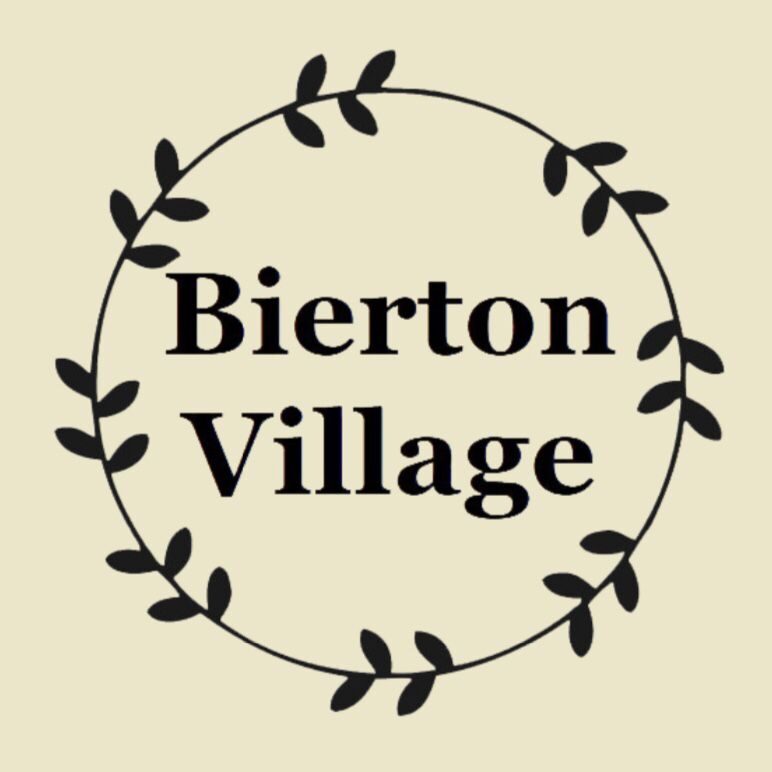Broughton Crossing
The small settlement at Broughton Crossing, mid way between Bierton and Broughton. Today, The Dog House public house is very much the vocal point of the hamlet which now shadows the new Kingsbrook Village currently being build.
The hamlet of Broughton Crossing features highly in the mid nineteenth century. In 1839 the first branch railway line in England from the main London and Scottish railway main line at Cheddington to Aylesbury was constructed. Engineer Robert Stephenson, son of George, drove the locomotive “Titan” hauling a six carriage train into Aylesbury, boarding the train at Broughton Crossing. A “Bucks Herald” newspaper in June of that year reports the construction and gala opening of the line which closed in the 1960’s and the trackbed lifted. There is now no trace or record of this historic spot, except the name and some photographs from the 1950’s and 60’s in the Buckinghamshire Archives.
The cottages at Broughton Crossing were never “signalmen’s cottages” for the railway – as local belief has it, but agricultural workers accommodation for the estates of the Dukes of Buckingham built circa 1827, so pre date the railway by 12 years. All the cottages have exceptionally large roof spaces which were used for the storage of wheat straw as most of the women wove straw plaits for the Luton hat making industry. They were paid a penny a foot for this and the woven straw was collected every week by horse drawn cart from Luton. Some families raised Aylesbury Ducks for the London markets, eggs were hatched and ducklings raised, sometimes in the roof spaces, with tin baths for them to swim in.
The public house at Broughton Crossing was originally named “The Prince of Wales” in honour of the son of George III. He gave his title to the Regency period of history ruling as regent, whilst the King was ill. The pub was built at about the same time as the cottages. A photograph of 1910 shows the pub still with wooden galleries on two floors at the front of the building, looking like the old coaching inns of the 18th century.
Warehouses were built, where the pub car park is now – this was known as Broughton Wharf. Canal traffic peaked on the Aylesbury Arm of the Grand Union Canal between 1800 and 1830. Local farmers came to Broughton Wharf to collect seed corn and animal feed unloaded from narrowboats – so the pub became an inn with accommodation.
